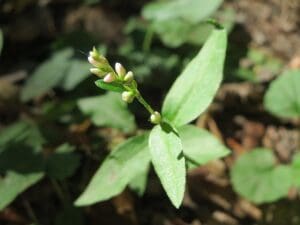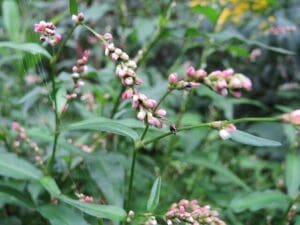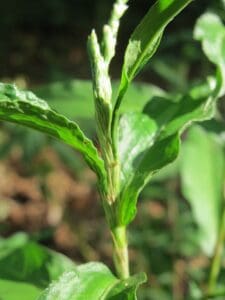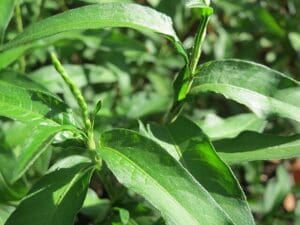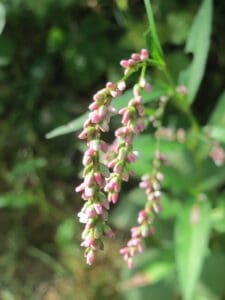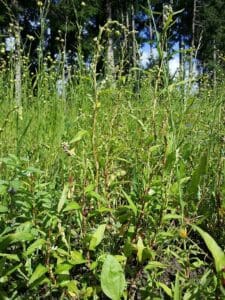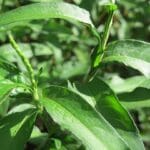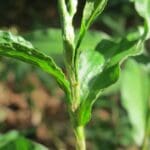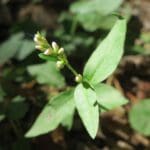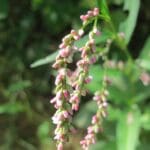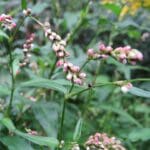Water Pepper / Spring / Summer / Autumn / Edible
Water Pepper is a plant of the Knotweed or Polygonaceae family, that was previously cultivated as a pepper alternative. It doesn’t strike you as anything special to look at as it’s just growing in the water, but when you grab and taste a leaf it’s a revelation!
I must admit for the first couple of seconds for someone picking this for the first time, because of the strong spicy peppery flavour they often think they’ve picked something toxic, but with confident identification that goes away and this becomes a beautiful regular plant to gather!
Common Names
Smartweed, Marshpepper, Arse-Smart
Botanical Name
Persicaria hydropiper
Scientific Classification
Kingdom: Plantae
Order: Caryophyllales
Family: Polygonaceae
Physical Characteristics of Water Pepper
Leaves
Narrow lanceolate leaves with a slight wave that grow alternately up the stem. The leaves have very fine hairs along the margin.
Flowers
Water Pepper will flower from July to September. The buds will be green and then maturing into clusters of small pink flowers on drooping spikes.
Habitat
Damp meadows, shallow water, edges of streams (anywhere wet and damp).
Known Hazards
Although rare some people report of skin irritation from the oils produced from water pepper.
As Water Pepper grows in and around water it is important to cook the leaves due to water-borne diseases such a liver fluke.
Could be Confused with
It can be hard to tell the difference between many of the Persicaria genus but there are no toxic or dangerous lookalikes. Redshank (Persicaria maculosa) will be found in much drier environments and the flowers don’t droop in the same manner.
You may also come across Tasteless Water Pepper which doesn’t have the strong, pungent taste of Water Pepper.
Potentially the very young Rosebay Willowherb as the leaves are a similar shape, this plant is also edible and is very very mildly peppery.
Edible Uses of Water Pepper
The name Water Pepper comes from the strong and hot, acrid flavour of the plant. You can use the leaves and shoots in your cooking.
The leaf has been traditionally used in Japan and South East Asia where it was used as a garnish alongside sushi because of its wasabi like heat. There is also a sauce known as tade-su or tade-zu which is made by pureeing the leaves and adding rice vinegar, mirin and pounded rice. This pungent flavour is from bicyclic sesquiterpenoid known as polygodial and won’t linger on your palate as long as say a hot chilli pepper.
Extra notes from the Foragers
There isn’t much information on the medicinal uses of Water Pepper but there is some research into the potential of the plant being a fungicide. You can also make a yellow dye from the stems.



